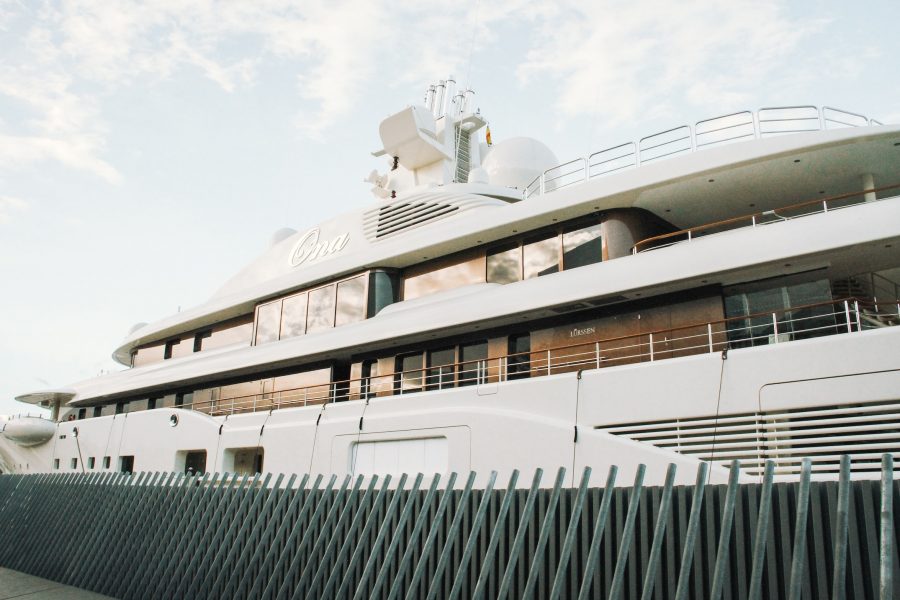Can you cruise into yachting?: Differences Between Working on a Cruise Ship and a Yacht
The allure of life at sea attracts many, and two popular avenues for releasing this dream are working on cruise ships and yachts. While both offer unique opportunities to live and work on the water, they present distinct experiences and challenges. We will begin to dive into the key differences between working on a cruise ship and a yacht to help you choose the path that suits you best.
- Size and Scale
Cruise Ship:
- Cruise ships are massive floating resorts, often accommodating thousands of passengers and crew members.
- These ships can range from several hundred to over a thousand feet in length, resembling floating cities with numerous amenities like restaurants, theatres, and pools.
Yacht:
- Yachts are smaller, more intimate vessels, designed for private or charter use.
- They vary in size, with some being as small as 30 feet and others exceeding 300 feet, but they typically carry fewer passengers and crew compared to cruise ships.
- Work Environment
Cruise Ship:
- Working on a cruise ship can be intense and fast-paced, with a focus on delivering the best services to a large number of guests.
- Crew members often have specific roles, such as bartenders, servers, housekeepers, and entertainers.
Yacht:
- Yacht crew members often wear multiple hats, performing various tasks to ensure the yacht’s smooth operation.
- The work environment on a yacht is more personalised, allowing for closer interactions with guests.
- Job Roles
Cruise Ship:
- On a cruise ship, you’ll typically find a wide range of job opportunities, from hospitality and entertainment to maintenance and administration.
- Roles are often specialised, and there are clear distinctions between departments.
Yacht:
- Yacht crew roles include captain, deckhand, steward/stewardess, chef, engineer, and more.
- Crew members often collaborate closely, and flexibility is key as you may be required to assist in various areas.
- Guest Interaction
Cruise Ship:
- Guest interactions on cruise ships are typically structured, with passengers enjoying pre-planned activities and entertainment.
- Crew members may have limited personal interaction with guests due to the large number of passengers.
Yacht:
- Yacht crew members have the opportunity for more personalised interactions with guests, often catering to their specific preferences and needs.
- Building strong relationships with guests is common in the yachting industry.
- Itinerary and Schedule
Cruise Ship:
- Cruise ship itineraries are predetermined and follow a set schedule, including stops at multiple ports during a voyage.
- Crew members may have scheduled time off, but work hours can be demanding, especially during peak seasons.
Yacht:
- Yachts offer more flexibility in terms of itineraries, often based on the preferences of the yacht owner or charter guests.
- Crew members may have irregular schedules, and work hours can be longer but with the potential for longer breaks between charters.
- Accommodations
Cruise Ship:
- Crew members on cruise ships have designated crew cabins, which can vary in size and comfort levels.
- Accommodations are generally separate from passenger areas.
Yacht:
- Yacht crew accommodations are typically more integrated into the vessel’s living spaces.
- Depending on the yacht’s size, crew quarters can range from small cabins to more spacious crew areas.
Working on a cruise ship and a yacht each offers a unique maritime career with distinct advantages and challenges. The choice between the two ultimately depends on your preferences, personality, and career goals. Cruise ships provide the opportunity to work in a structured, high-volume environment, while yachts offer a more personalised, close-knit experience. By understanding these key differences, you can navigate your way to a career at sea that suits your aspirations and lifestyle. Whether you choose the grandeur of a cruise ship or the intimacy of a yacht, both paths offer the chance to live out your maritime dreams.
Start your dream career and apply now!


